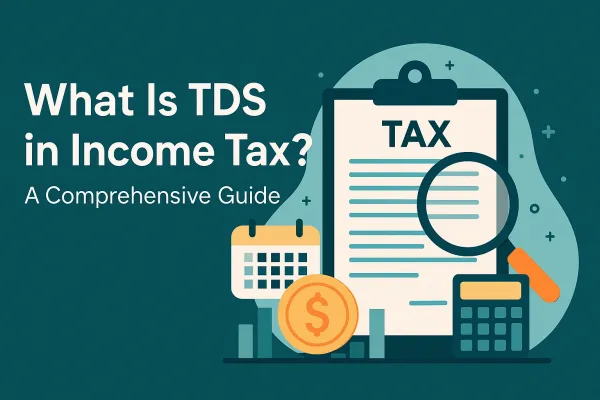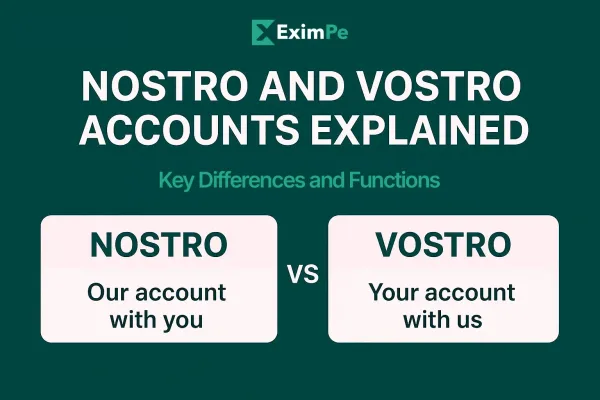Optimizing Cash Flow: The Benefits of Bill Discounting Under Letters of Credit

Cash flow management is crucial to keeping up with the pace of international trade. One financial tool that exporting can use to leverage its cash flow would be bill discounting under LC (Letters of Credit). This article will delve into how the method works and the benefits it offers to businesses involved in cross-border transactions.
Understanding Bill Discounting Under LC
Bill discounting under LC is one of the financing facilities available to banks from an exporter for a Letter of Credit covered export transaction. It directly benefits exporters by securing immediate payment for their shipments as short-term credit to meet working capital requirements. During a particular transaction and while availing an LC, the importer's bank issues the LC as a financial guarantee to both of them. All those needed documents will be accompanied by the LC in order to submit to their bank by the exporter. When all requirements are met, the exporter's bank will pay the exporter's amount after deducting a discount from the bill amount.
How Bill Discounting Under LC Works
The process of bill discounting under LC simplifies transactions between exporters and importers by leveraging the security provided by a Letter of Credit. Here's how it typically unfolds:
- Sales Contract: The sales contract provided by both the seller and buyer understands the quantity, value, and terms of exchange in exchange for the goods.
- Letter of Credit Issuance: The buyer presents such a request from the seller to his bank for the issuance of a negotiable Letter of Credit. At the seller's request, the buyer approaches their bank to issue a negotiable Letter of Credit. This LC acts as a financial guarantee to the seller.
- Document Submission: The seller delivers the goods and prepares all the necessary documents, including the invoice and the bill of lading.
- Bill Discounting Application: This can be illustrated by the use of a bill discounting application where, in urgent need of funds, the exporter applies to the bank for bill discounting with the LC as a form of collateral.
- Discounting and Payment: The bank discounts the bill, applying a fee called a letter of credit discounting charges, and pays out the discounted amount to the exporter.
Types of Bill Discounting Under LC
Understanding the different types of bill discounting under LC can help exporters choose the right option for their needs:
- Export Bill Discounting: This pertains to discounting the bills related to the exports obtained under an LC.
- Domestic Bill Discounting: Again, just like export bill discounting, this time, it is involved in domestic ones.
- Clean Bill Discounting: This type does not require additional documentation beyond what is specified in the bill itself.
Benefits of Bill Discounting Under LC
Immediate Cash Flow
The primary advantage of bill discounting under LC is that it offers immediate cash flow for exporters. They do not have to wait for their buyers to pay after shipping goods or merchandise, for exporters get access to funds immediately to reinvest in their operations or fulfil other financial obligations.
Reduced Risk
An LC significantly reduces the risk for exporters since respected banks issue it, and it ensures payment when the terms are fulfilled. Therefore, this security allows businesses to focus on growth instead of worrying about eventual payment defaults.
Improved Working Capital Management
Through bill discounting, working capital management is improved. Exporters, on the one hand, get instant availability of funds. Through this, they can immediately pay bills while catering to their business without much delay, even during peak seasons or unanticipated expenses.
Flexibility in Financing
LC provision gives flexibility in terms of funding choices. Under LC, the exporter would always have an opportunity to discount his bill according to cash flow requirements or other market factors. This flexibility allows business to optimize their strategy according to the change in circumstances.
Enhanced Customer Relationships
Because of the attraction of customers and the creation of effective relations through providing lengthy credit periods to importers and quick remittances to exporters, flexible payment terms can be created in the advance bill discounting. Under such an arrangement, the parties have an understanding of each other, which gradually builds up confidence and makes their partnership work stronger.
Considerations When Using Bill Discounting Under LC
While there are many benefits associated with bill discounting under LC, it's essential to consider certain factors:
- Discount Rates: As the cost of bill discounting is Interest Rate and Processing Charges, which differ from one bank to another, one has to make a comparison before proceeding.
- Documentation Requirements: All the paperwork should be completed with total precision. All the documentation that is perceived to be necessary should be prepared and filed on time to avoid delays in the processing of payments.
- Creditworthiness: The credit profile of both parties engaged in the transaction can influence terms and rates attached to bill discounting.
- Bank Policies: Different banks have different policies regarding discounting of bills under LCs. Therefore, you may understand them and decide on the most convenient banking partner to avail this facility.
Final Thoughts
Now that you know how bill discounting under LC is processed, you can explore this useful source of finance for optimizing cash flow. Do not forget to weigh and cross-compare rates and assess whether the documentation requirements will not prove burdensome. Use the method to your advantage in obtaining immediate funds without risking much on international trade transactions. Be aware of the market and banking conditions so that you are well-informed when making decisions that will further the business growth in the world market.



